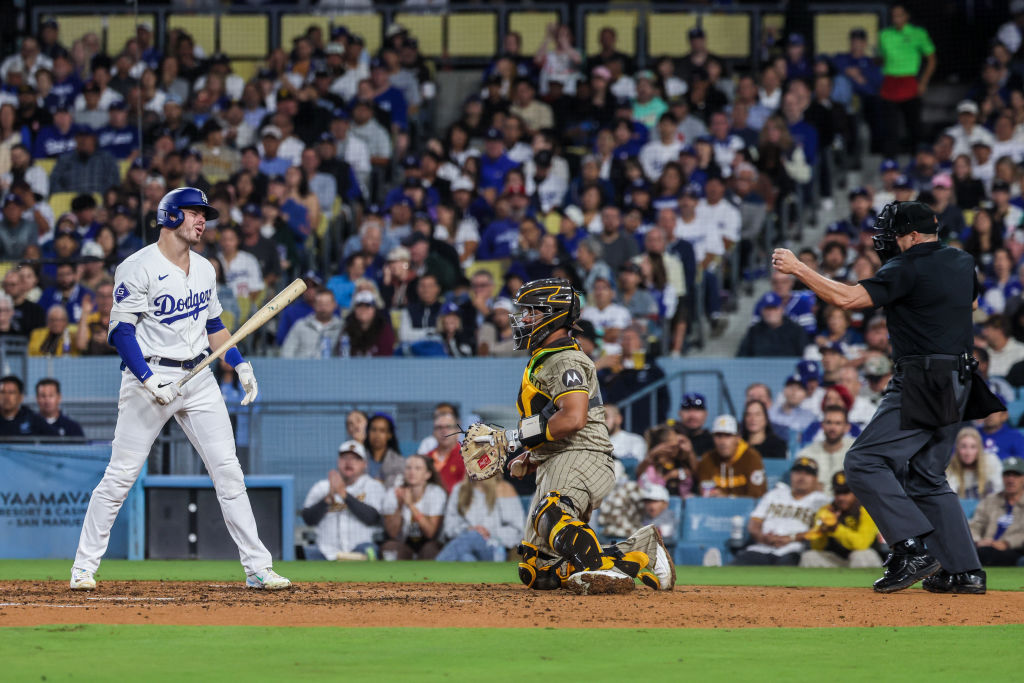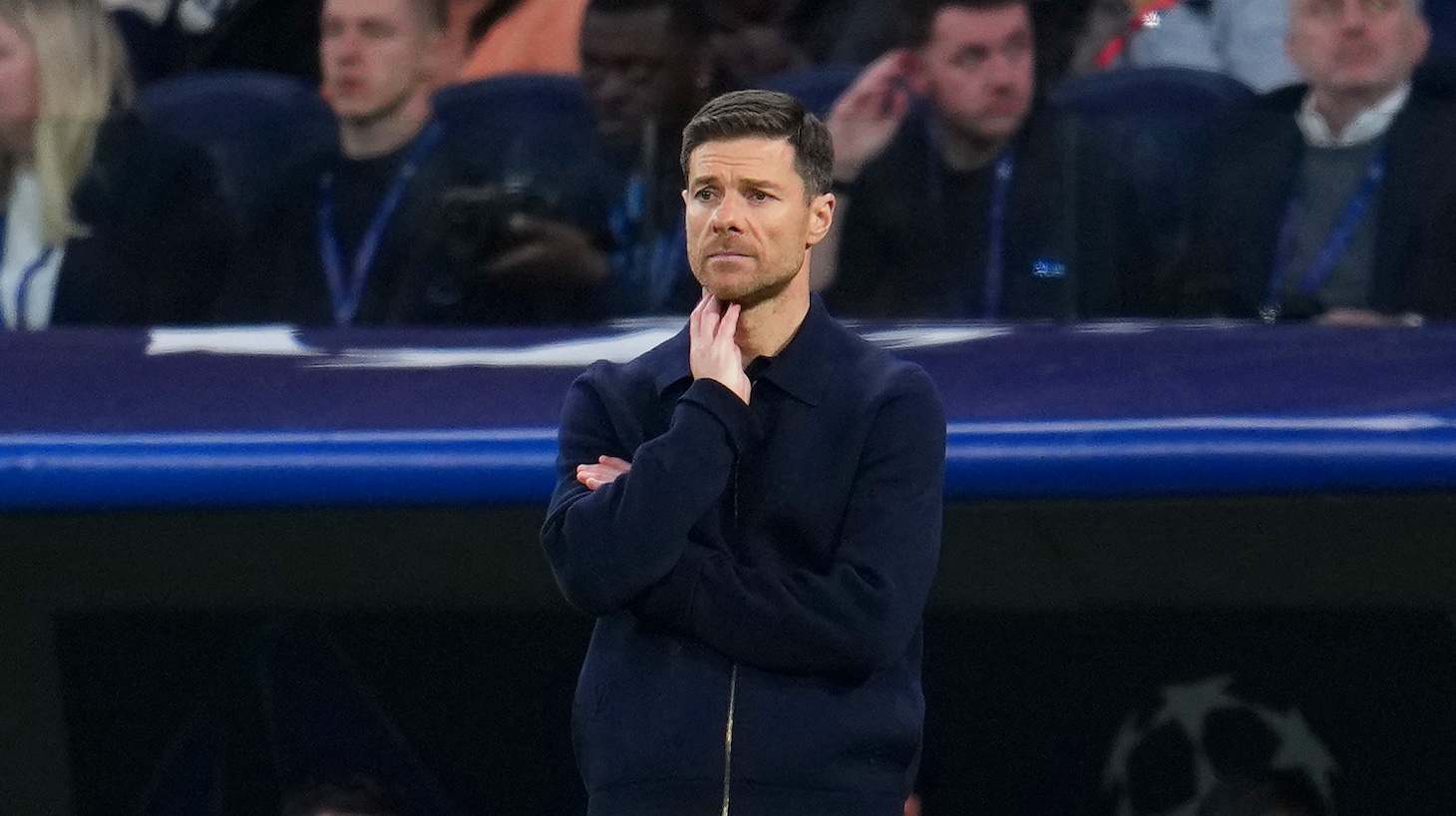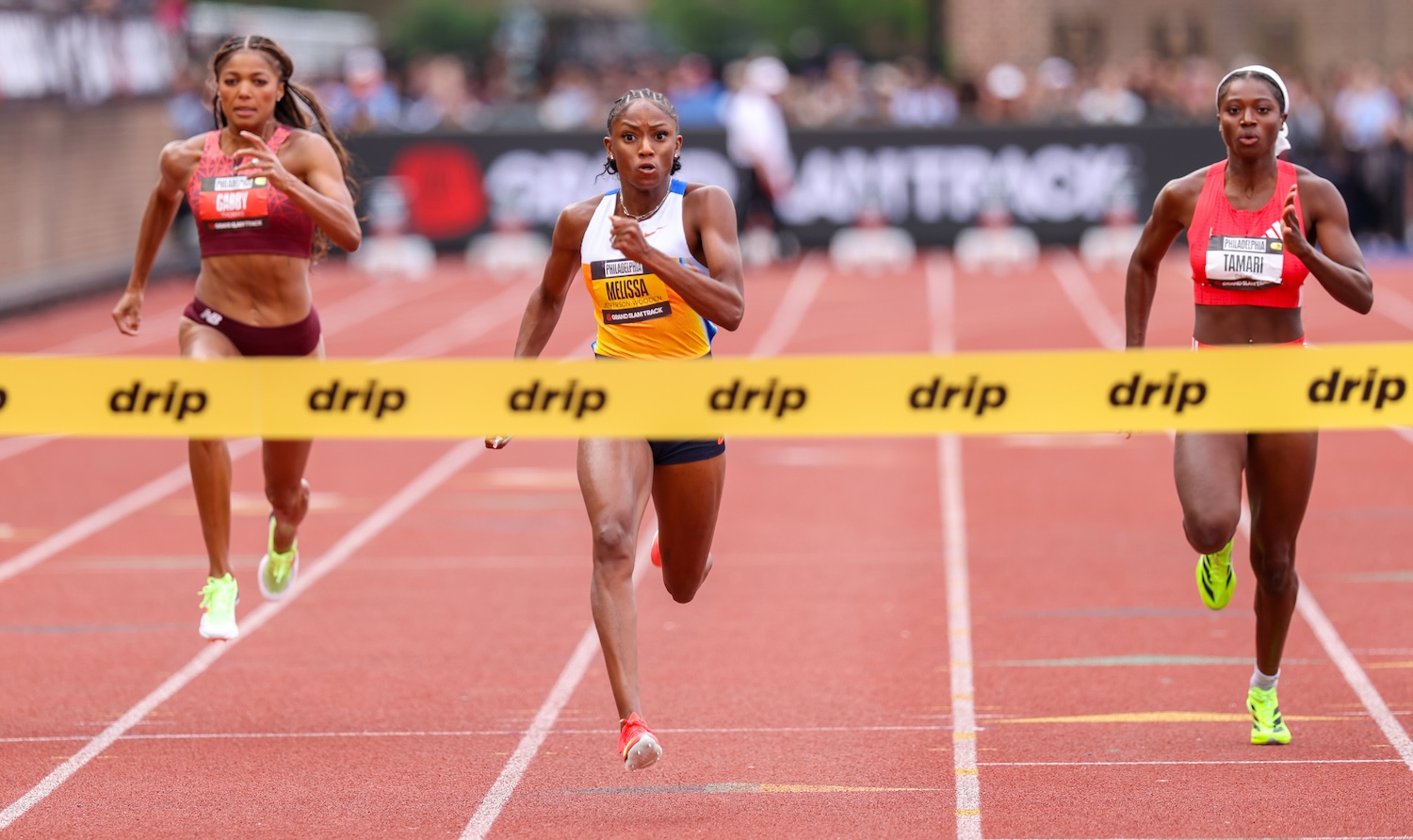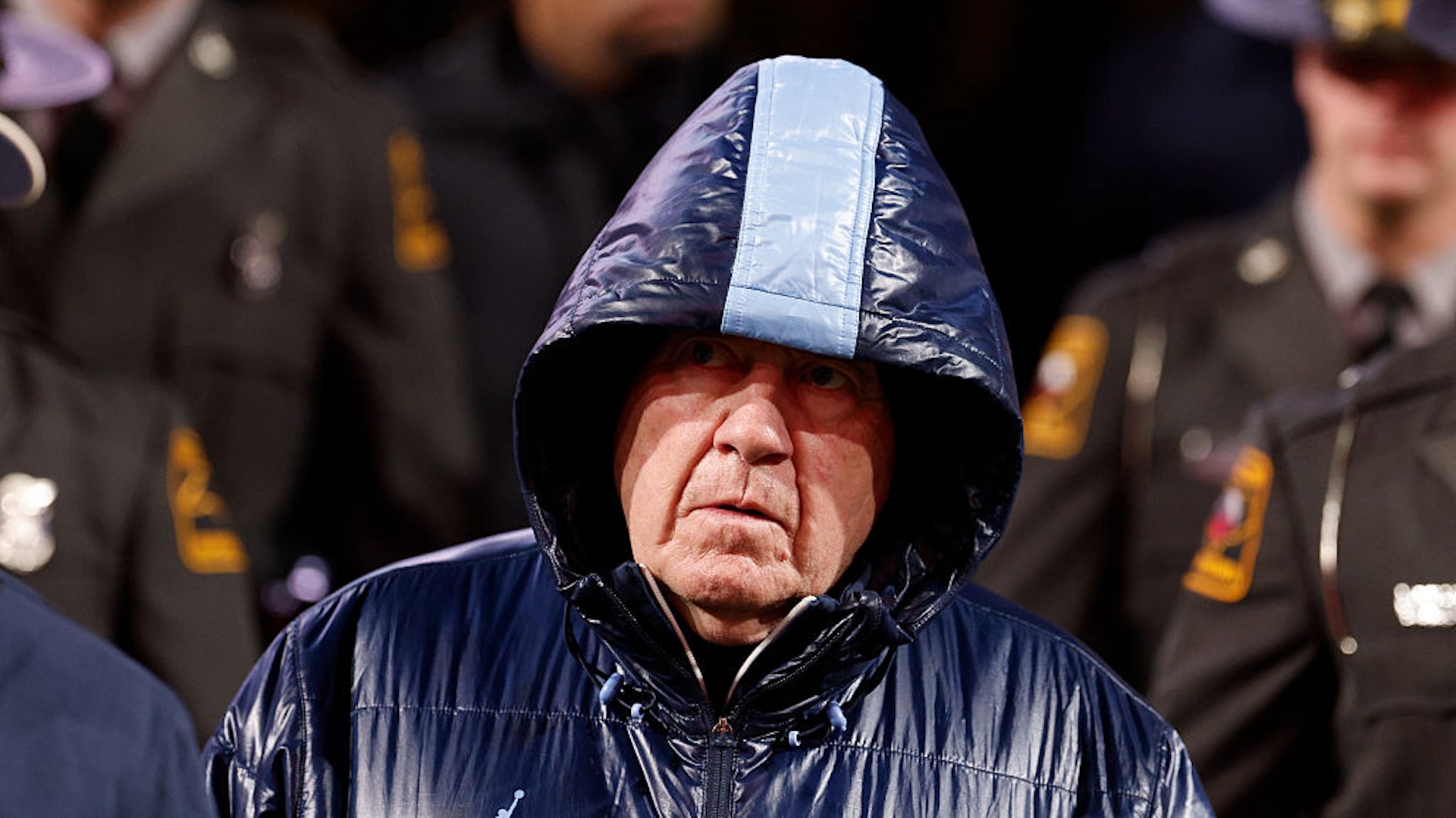In the bottom of the fifth of Sunday's Braves-Padres contest, Atlanta pitcher José Suarez and his catcher Chadwick Tromp combined for a sneaky strikeout of San Diego shortstop Xander Bogaerts. After falling to a 3-1 count on a very low changeup, Suarez earned a called strike with a fastball that just barely caught the bottom of the zone. As his follow-up, he threw nearly the exact same pitch, just a tad lower. Bogaerts, again, didn't swing, and fans crediting the virtual strike zone on TV would've seen that he made the correct choice to take the walk. But Tromp's frame job, and Suarez's ability to hit his spot, fooled the umpire into calling for a strikeout that ESPN's machines informed us should never have happened.
As a concise three-act drama, you can't beat it. You're tense about the full count. You think you have your resolution when you see the pitch missed the zone. And then all of a sudden, you gasp as the umpire—who doesn't know as much as you do—makes the definitive and final call of strike three. It is, to me, a cathartic story of small margins in pressure situations and the fallibility of human judgment. But this could be the final season this particular story is told.
When an umpire incorrectly judges a strike or ball, the announcers are now primed to bring up ABS. The Automated Ball-Strike System was previously in use in the minors, and it earned more prominence with a spring training test this year. The system, for the first time in baseball's history, gives technology the power to overrule the umpire's vision on pitches that cross the plate (or don't), allowing batters, pitchers, or catchers a limited number of opportunities to challenge a call and appeal to the tracker. By cuing up an animated replay of the pitch's path relative to the strike zone, players can in effect look over an umpire's shoulder and forcibly correct his mistakes.
In a spring training test where teams had two challenges and lost one each time they were wrong, very slightly more than half the double-checked calls were reversed. Given the momentum in all leagues toward increased replay review, I'd be surprised if we don't see this properly implemented in MLB in the near-future, even as soon as next year. In addition to fans just generally liking when things feels right, this trend is also, to me, a knock-on effect of sports gambling's omnipresence. Nothing can be left to chance, or give even the slightest whiff of doubt that decisions aren't on the level.
Five years from now, it's likely Xander Bogaerts won't have to fruitlessly plead his case to the ump. Instead, he will tap his helmet, and that little animation ESPN showed in the top left corner will earn him the walk he "deserves." Fairness wins out, and maybe for the better. But I do think it's important in the emotional maturation of any sports fan to accept that officials get calls wrong. And also, I can't help but look with affection on this endangered example of sports imitating life, of athletes and their games serving as allegory for the trials of the real world. You can do everything right—you can know for a fact you did everything right—and yet still some immutable, unaccountable force can sweep in from behind you and declare, No, actually, you're out. Leave now.
Sometimes, you just get screwed for no good reason. That's baseball. That's life.







